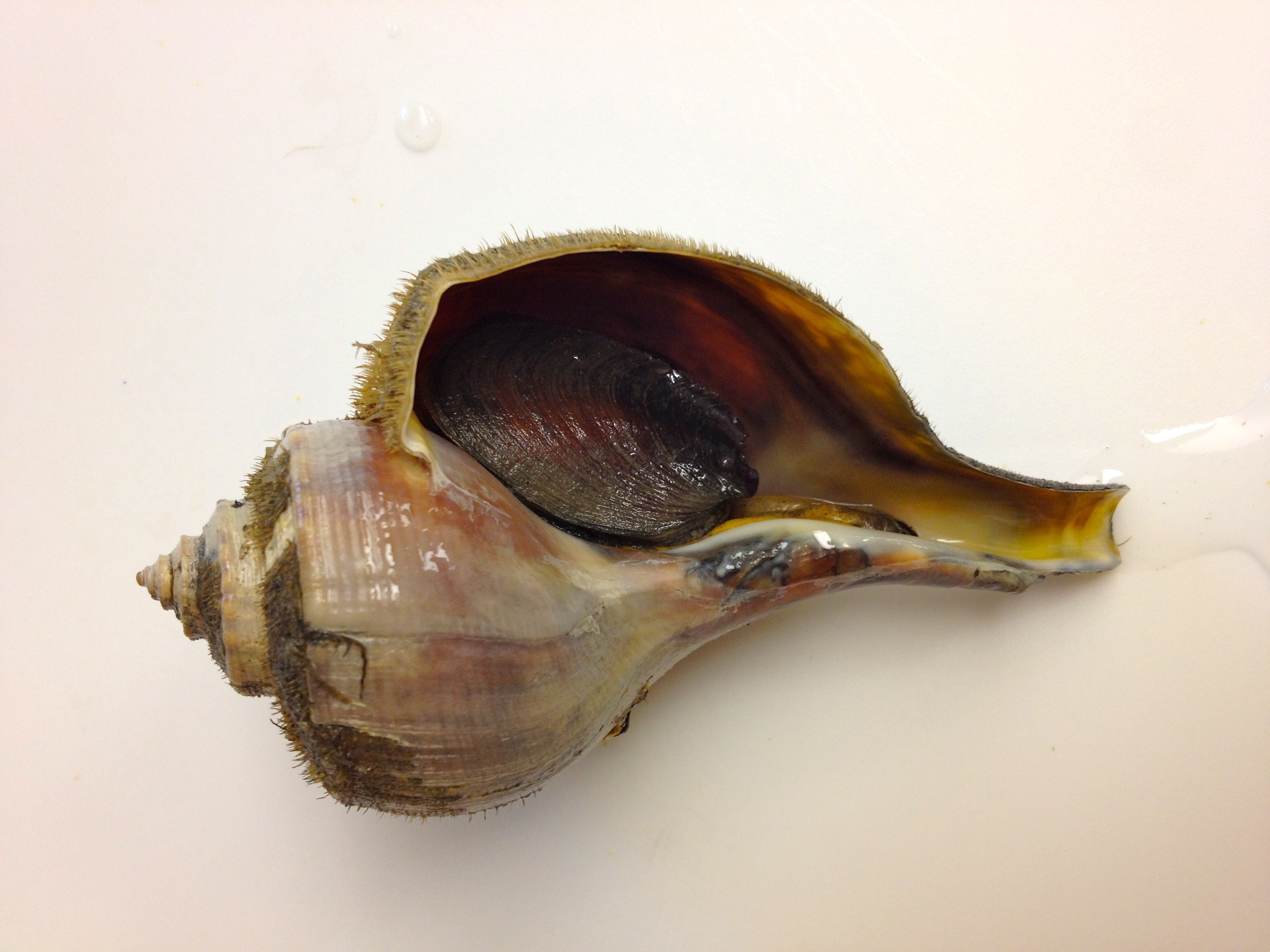
2 minute read
Saving Sought-After Sea Snails
For depleted fisheries, UNH research is whelk-ome
The global demand for channeled whelk — the third most popular shellfish after lobster and scallops — has diminished channeled whelk fisheries in their native habitats along the Atlantic seaboard from Massachusetts down to Florida, resulting in stricter size and trap limits and, in some states, the temporary closing of fisheries.
Research being led by Elizabeth Fairchild, a research associate professor in the department of biological sciences, and Shelley Edmundson ’16G, executive director of the Martha’s Vineyard Fishermen’s Preservation Trust, aims to make the industry more sustainable and support the resurgence of this lucrative, highdemand species.
Together with co-principal investigators Win Watson, professor emeritus, and Steve Jury ’99G, as well as Kennedy McGrath ’25, Mary Kate Munley ’21, ’23G, Megan Molinari ’21, Massachusetts whelk fishermen and representatives of multiple public and private partners, Fairchild and Edmundson are addressing two key industry issues: the use of traps that don’t allow whelk that are too small to be caught legally to escape and the common practice of baiting whelk with chopped up horseshoe crab. The horseshoe crab is an ecologically important species that’s both a key food source for migratory birds up and down the Eastern seaboard and scientifically critical — its blood is used in the production of vaccines and other medicines due to its unique toxin-identifying quality.
Working out of the UNH Coastal Marine Lab in New Castle, New Hampshire, the team has been testing modified whelk traps with escape vents and bait recipes that use little or no horseshoe crab. During the 2023 whelk fishing season in Massachusetts (April to December), they are running field trials and working with local fishermen to determine if the modified traps contain fewer undersized whelk and if the new bait recipes work as well as — or better than — the horseshoe crab bait.
This research is supported by funding from the National Oceanic and Atmospheric Administration (NOAA) Fisheries’ Saltonstall-Kennedy Program.











